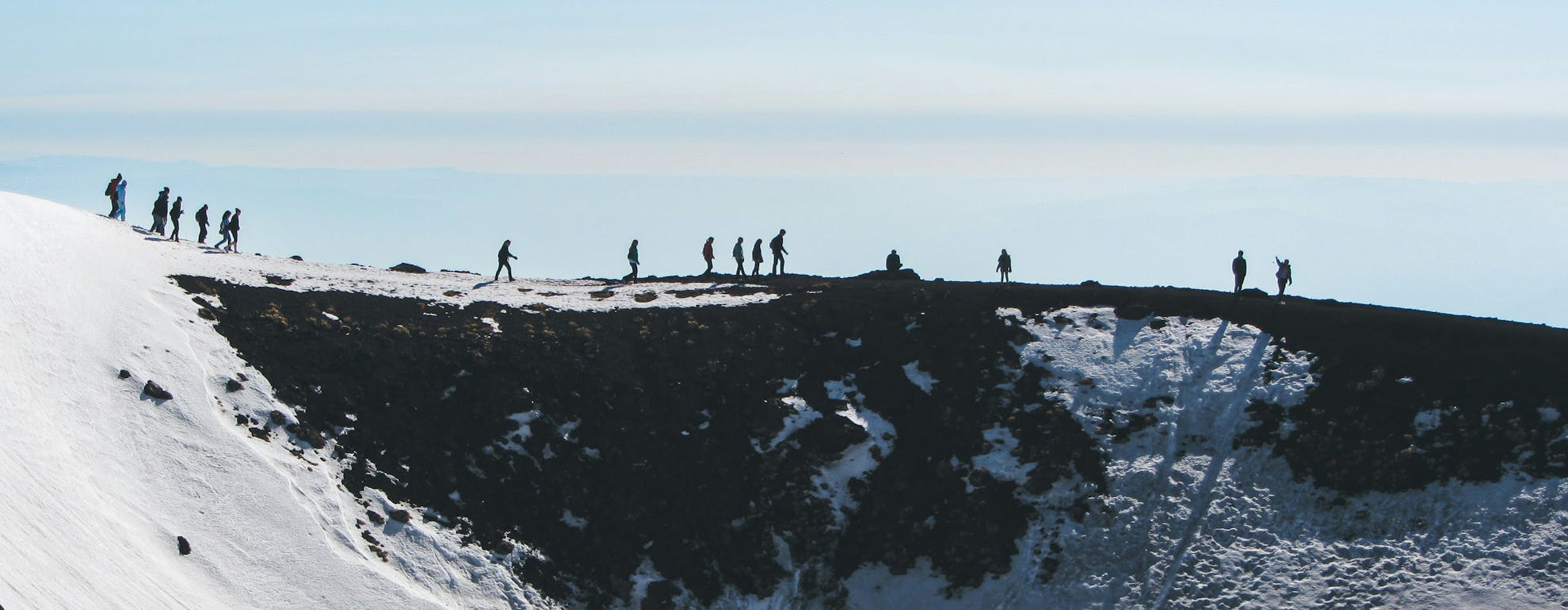
Hiking Mount Etna
Etna, also known as Mongibello or Muncibbeddu in Sicilian, is the highest active volcano in Europe at 3,357 m high. In 2013, this natural site on the east coast of Sicily was officially named a UNESCO World Heritage Site. It is a stratovolcano with four summit craters, surrounded by various environments, including forests, urban areas and areas formed entirely of magmatic rock that are usually snow-covered at high altitudes. Although eruptions are frequent, to date it is one of the most visited sites in Sicily, easily accessible from Catania airport and with the possibility of skiing, hiking, mountaineering and cycling.
In particular, in this article you will find out how to organise a trek on Etna and the level of difficulty, how to reach the summit craters, whether to trek alone or with a guide, how to dress, whether it is a safe experience, and the costs.
ㅤ
Where to start the trek and the level of difficulty
The first thing to decide when organising the trek is which side of the volcano to visit, the North or the South, because depending on the side chosen, both the landscape and the trekking experience itself change. The North side is covered by forest, the treks on this side are quite demanding and the summit of Etna can be reached by 4x4. This is the less touristy and therefore less crowded side. The southern side, on the other hand, presents a purely barren and magmatic landscape, but thanks to the presence of the cable car it is easier to reach the summit craters. This is usually the most visited side and the treks are suitable for everyone, not just experienced hikers, unless one decides to continue beyond 2,750 m to the summit craters, an experience of medium-high difficulty due to the altitude difference and weather conditions.
ㅤ
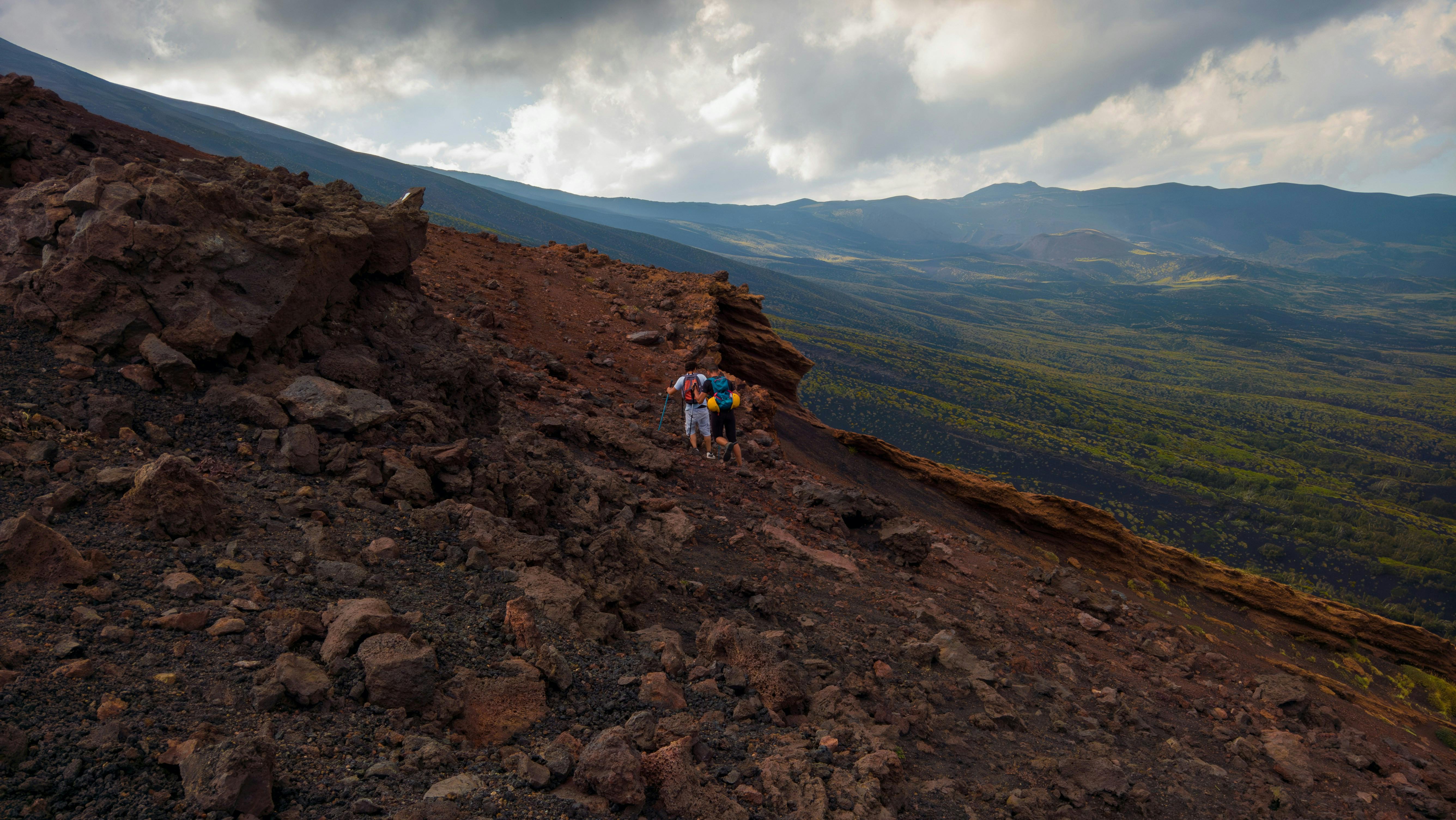
Photo credit: Giuseppe Famiani on Unsplash
ㅤ
Is it possible to visit the summit craters?
On Etna's northern slope, excursions begin at an altitude of 1,800 m at Piano Provenzana. From there, it is possible to continue by 4x4 vehicles to an altitude of 2,825 m and then trek 5 km over an altitude difference of 490 m to an altitude of 3,315 m. This tour is intended for experienced hikers and those accustomed to trekking in the mountains, as the descent on foot with an altitude difference of 1,500 m may not be suitable for those who suffer from vertigo, have joint problems or are not in good physical health in general. The hike lasts six hours over a distance of 12 km. Alternatively, you can opt for an easier 2 km trek lasting about 2 ½ hours and visit the 2002 craters. On the south side, the excursions begin at an altitude of 1,923 m at the Rifugio Sapienza. From there, it is possible to continue by cable car to an altitude of 2,500 m and then, with a trek of about 6 km, to the summit craters of Etna, passing by the Torre del filosofo and arriving at an altitude of 3,250 m. This trek includes a descent on foot to 2,500 m where the return cable car is located. Alternatively, 4x4 vehicles can be used from an altitude of 2,500 m to 2,900 m and back.
ㅤ
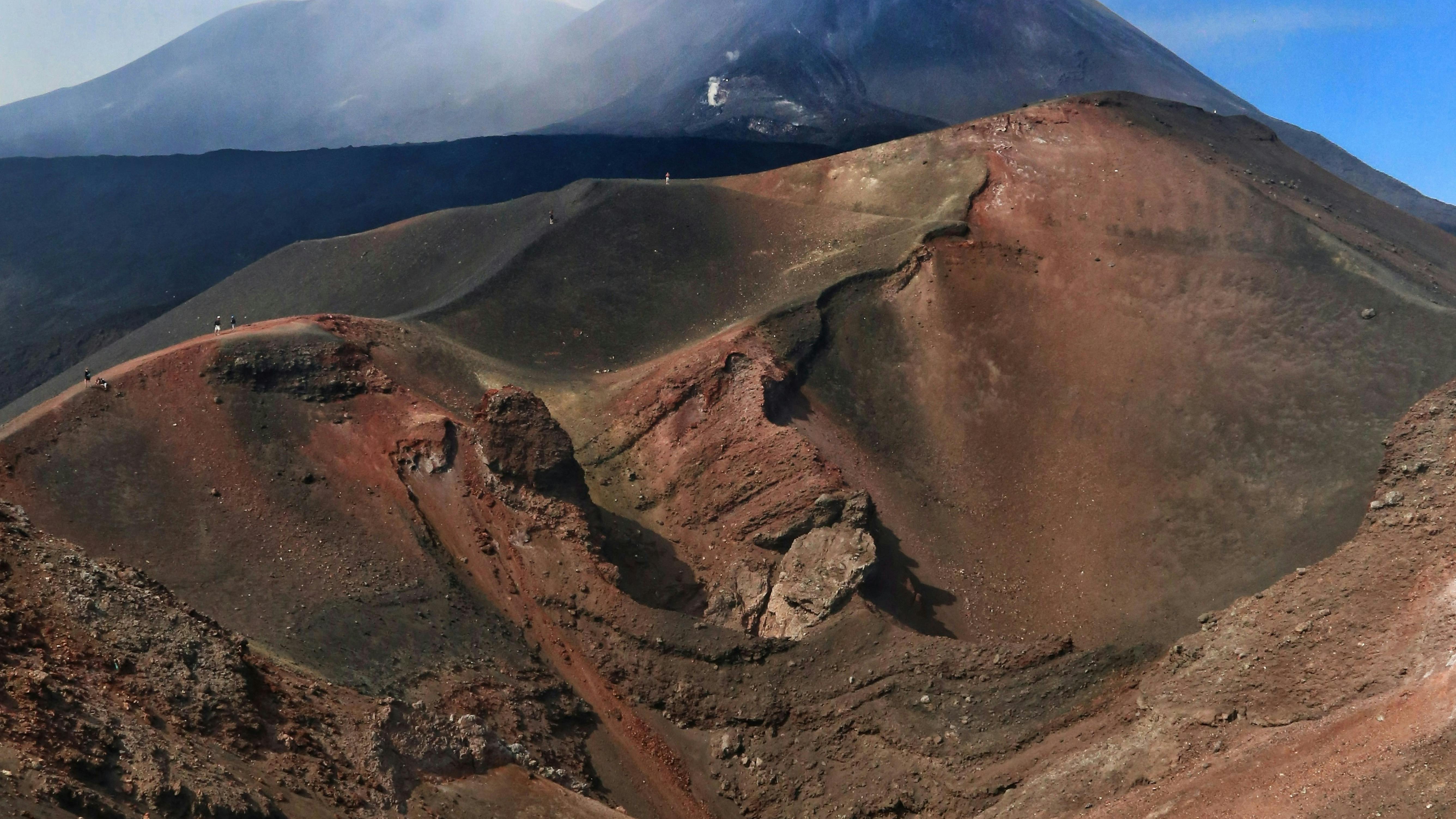
Photo credits: Bernd Dittrich on Unsplash
ㅤ
Can you organise the trek independently or do you need a guide?
Anyone wishing to visit Mount Etna independently is free to do so, but it must be remembered that without an Alpine or specialised volcanological guide, it is not possible to continue beyond 2,750 m on the southern slope and 2,850 m on the northern slope. In general, it is advisable to assess one's physical preparation and endurance well, to inquire in advance about the path one wishes to take, the equipment required and the weather conditions, which can be unpredictable at these altitudes.
ㅤ

Photo credits: Dagnija Berzina on Unsplash
ㅤ
What clothing and equipment to choose
Do not be fooled by the temperature at sea level, it is well known that the climate in the mountains is very variable and therefore one must be prepared for sudden changes in temperature. Clothing changes according to the season in which you decide to visit Etna and the altitude you want to reach. In general, it is always advisable to dress in layers. During the winter season, we recommend thermal base layers, hiking trousers, a fleece, windbreaker, hat, neck warmer and gloves. In addition, shoes are essential and waterproof hiking boots are recommended. In summer, it is also advisable to dress in layers, but to use lighter clothing and a sun hat. Regardless of the season, it is advisable to always carry a backpack with a water bottle, energy snacks, sunglasses, sunscreen and a spare pair of socks if the ones you are wearing get wet. If you decide to visit the caves, it is advisable to wear a helmet and a head torch, which can also be hired on site.
ㅤ
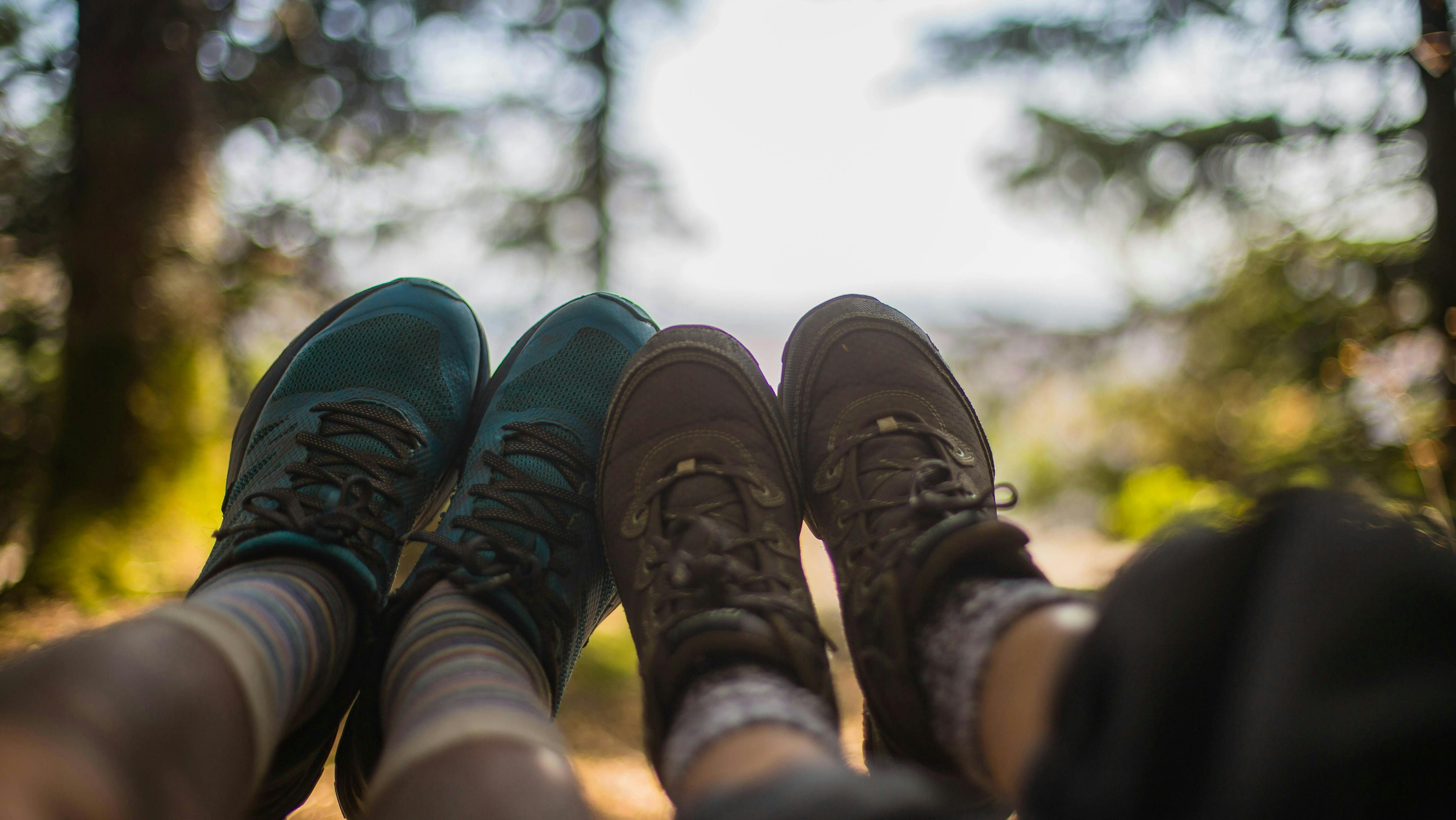
Photo credits: Dayne Topkin on Unsplash
ㅤ
Is it a safe experience?
Etna is an active volcano and it is therefore normal to wonder whether it is safe to trek on its slopes or not. However, precisely because Etna is constantly active and erupts every year, it is not as dangerous as people think, as it continuously releases steam and therefore individual eruptions are less violent and more predictable. Moreover, Etna is monitored 24 hours a day by a team of experienced volcanologists who ensure that all activity is recorded. Don't let fear stop you, you might miss out on an extraordinary experience!
ㅤ
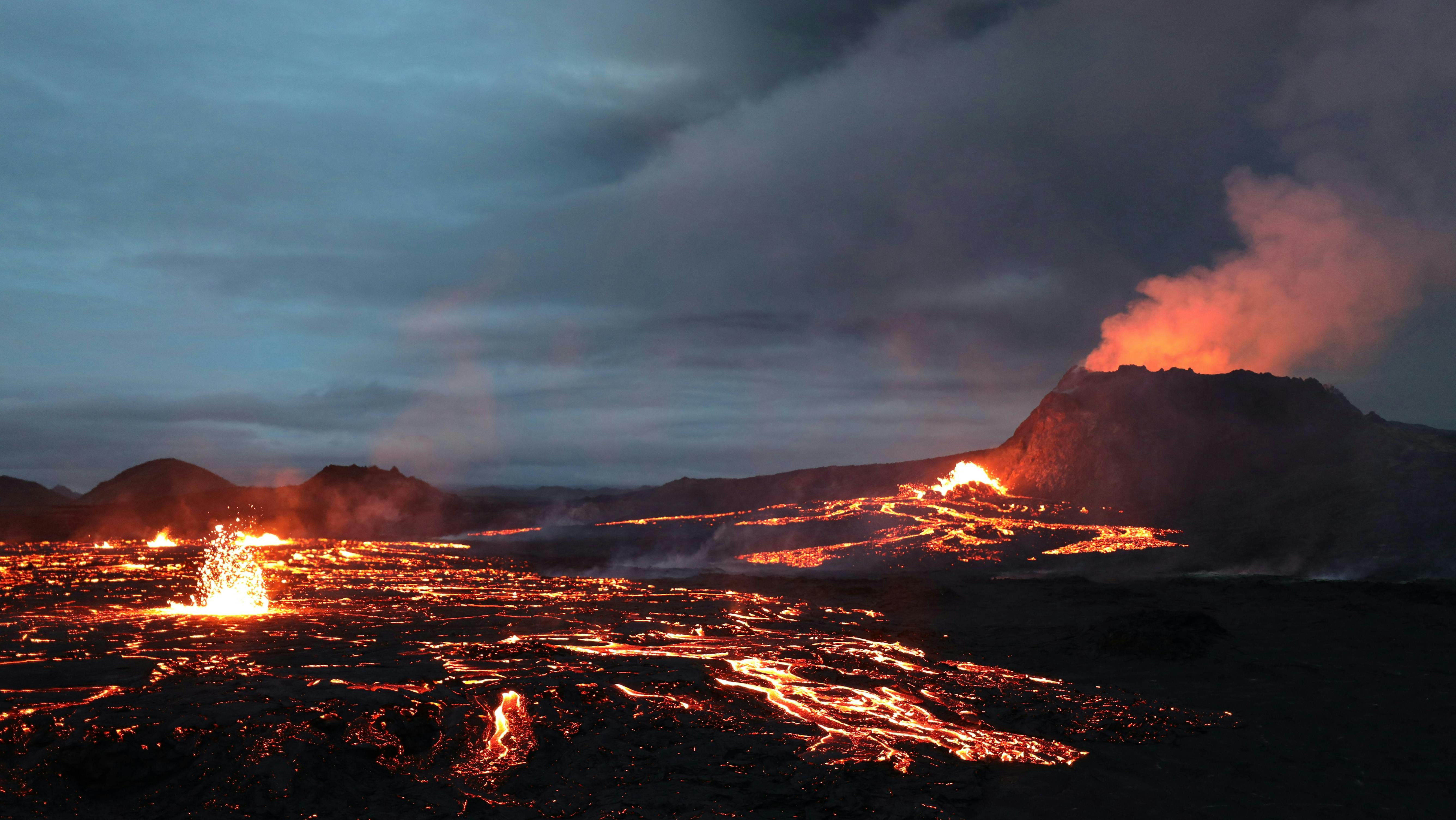
Photo credits: Toby Elliott on Unsplash
ㅤ
What are the costs involved?
Costs vary depending on whether you decide to do this experience on your own or as part of a tour. As mentioned above, it is possible to explore Mount Etna on your own, but without a mountain or volcanological guide, you cannot go higher than 2,750 m on the south side and 2,850 m on the north side. In addition, if you decide to visit the southern slope, you have to take into account the cost of the cable car to reach an altitude of 2,500 m, between €30 and €50 depending on whether you are an adult or a child. In general, it is preferable to rely on experts who know how to guide you to fully and safely enjoy this experience. Moreover, Etna, being a stratovolcano, changes its conformation from eruption to eruption and therefore a path that was perhaps accessible the month before may no longer be accessible after an eruption. It is therefore a good idea to keep constantly updated on the official sites to be sure of choosing the best route.
ㅤ
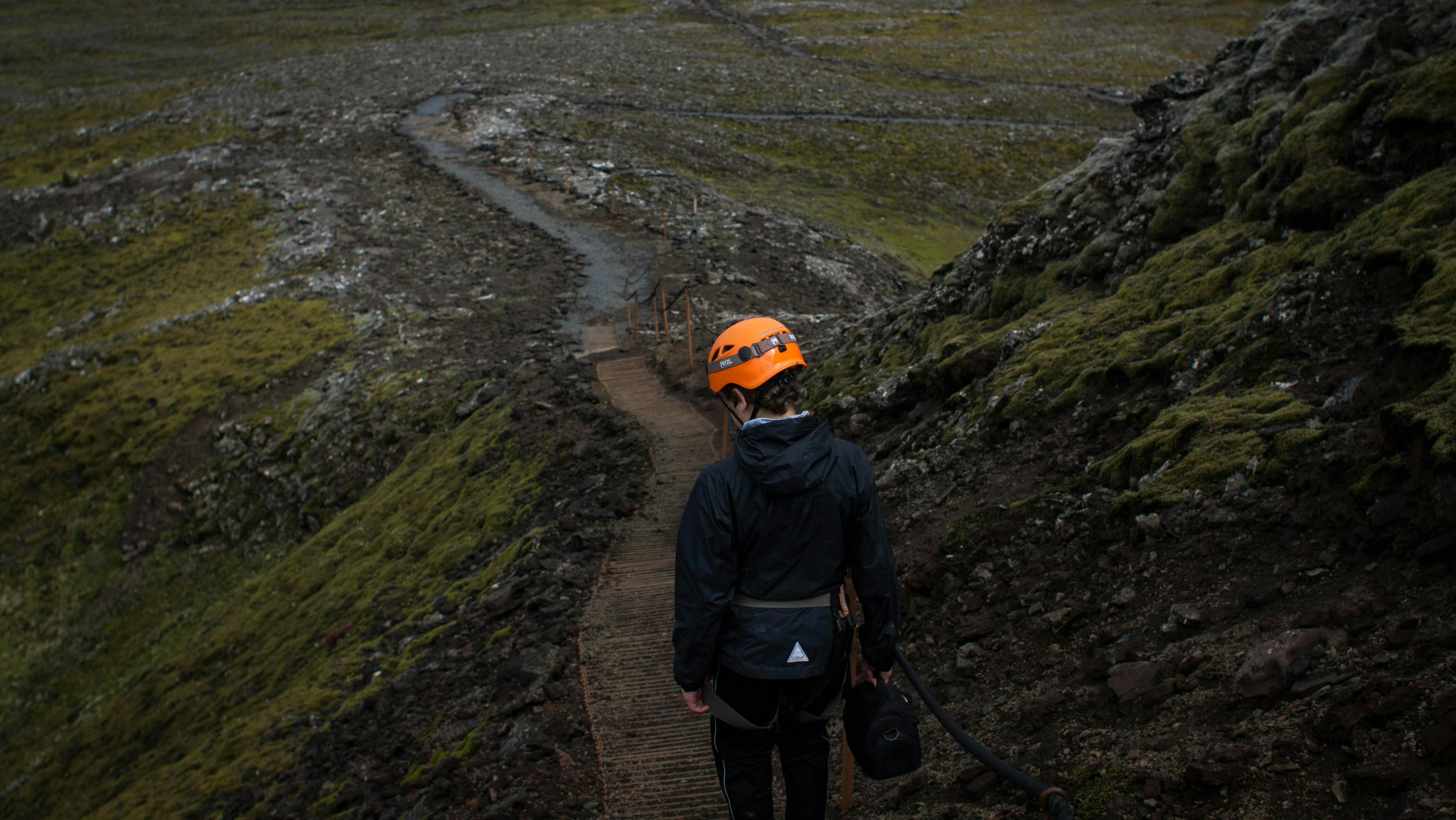
Photo credits: Reed S on Unsplash
ㅤ
So this summer, in between swimming, why not treat yourself to a different adventure and experience the thrill of walking on Europe's highest active volcano? And don't forget, once the trek is over, you can refresh yourself with some tasty Sicilian food!
ㅤ
To discover all our accessories, clothing and trekking shoes or boots, visit our Hike Store.
ㅤ
Check out our Trails and Inspirational category to discover the most amazing trails and hikes in the world, as recommended by our athletes, ambassadors and loyal customers.
Welcome
Discover some of the best trail running spots and locations the world has to offer, handpicked for you by the experts at SportsShoes.com.
Read More
Share this
Featured Articles
View All